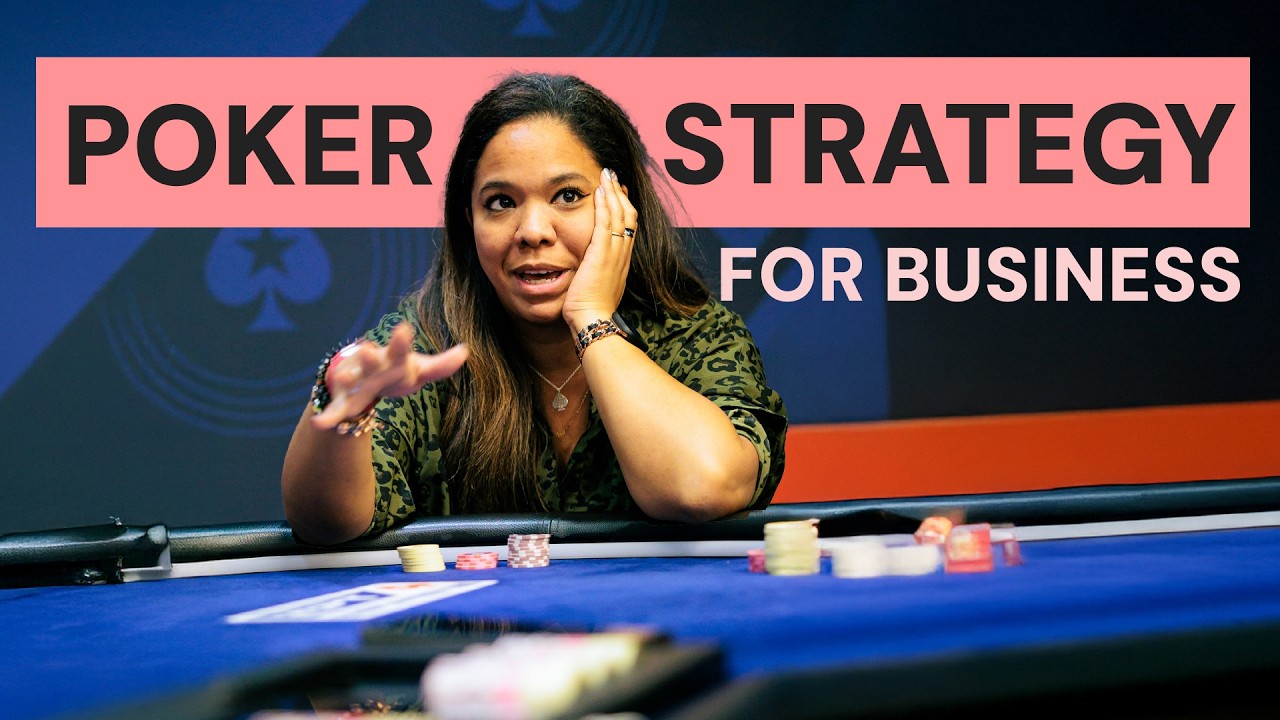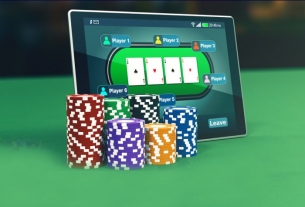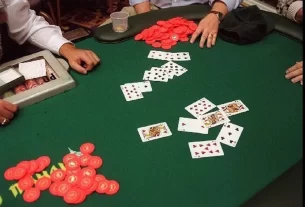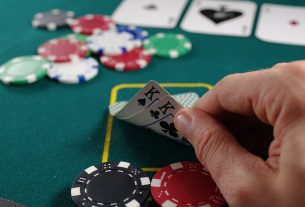The green felt of the poker table and the polished mahogany of the boardroom might seem worlds apart. One is fueled by chips and chance, the other by data and deliverables. But honestly, the distance between them is shorter than you think. The skills that separate winning poker players from the rest of the pack are, in fact, the exact same skills that create masterful negotiators and decisive leaders in business.
It’s not about promoting gambling. Far from it. It’s about recognizing that poker is a crucible for high-stakes decision-making under extreme uncertainty. And that’s a pretty good description of the modern business landscape, wouldn’t you say? Let’s dive into how the art of the game translates into the art of the deal.
Reading the Room: From Tells to Body Language
In poker, you’re not just playing your cards; you’re playing the people. A slight tremor in a hand, a quick glance away, a change in breathing pattern—these “tells” are gold. They reveal confidence, fear, or a blatant attempt at deception. This skill of acute observation is pure gold in a negotiation.
Think about it. When you’re presenting a proposal, is the other party leaning in, nodding? Or are they crossing their arms, leaning back, their eyes glazing over? These are the business equivalents of a poker tell. They tell you when to push, when to pause, and when to radically change your approach. You learn to listen to what isn’t being said. The silence after you name your price can be more telling than any verbal counter-offer.
The Art of the Calculated Bluff: Strategic Misdirection
Okay, let’s talk about the B-word. Bluffing. It has a shady connotation, but in both poker and business, it’s rarely about outright lying. It’s about strategic misdirection and controlling the narrative. In poker, you might bet aggressively with a weak hand to make opponents think you’re strong, forcing them to fold better cards.
In business, this translates to projecting confidence. Maybe you’re a startup negotiating with a massive supplier. You can’t reveal your precarious cash flow. Instead, you project stability and a vision of a long, profitable partnership. You’re not lying about your finances—you’re strategically emphasizing your strengths and future potential to secure a better deal. It’s about the story you tell. You’re making a bet on your own future success.
Bet Sizing and Resource Management: The Psychology of Investment
How much you bet in poker is a language all its own. A tiny bet can signal weakness; a massive, pot-sized bet can scream strength or desperation. It’s a direct communication tool. This is a masterclass in what we might call strategic resource allocation in high-pressure situations.
In business, your “chips” are your capital, time, and personnel. Do you go “all-in” on a new product launch? Or do you make a smaller, probing “bet” to test a new market? The principle is identical. You learn to size your investment based on the strength of your hand (your product/market fit) and the behavior of your opponents (your competitors). Throwing too much at a weak opportunity is a surefire way to go bust.
| Poker Concept | Business Negotiation Equivalent |
| Bet Sizing | Determining the scale of your offer or concession |
| Pot Odds | Calculating the ROI of a deal against the risk |
| Table Position | The strategic advantage of acting later in a negotiation |
| Tells | Reading body language and verbal cues of counterparts |
Embracing the Grind: Decision-Making Under Incomplete Information
Here’s the real kicker. In poker, you never have all the information. You don’t get to see your opponents’ cards. You have to make the best decision you can with the fragments you have—the betting patterns, the history, the reads. This is the absolute core of poker skill transfer to business negotiation and decision-making.
Business leaders face this daily. You’ll never have all the market data. You’ll never be 100% sure a new hire will work out. You have to act, despite the uncertainty. Poker trains your brain to be comfortable with this. It teaches you to quantify the unquantifiable, to assign probabilities to outcomes, and to pull the trigger even when there’s a chance you’re wrong. Because sometimes, not making a decision is the most costly decision of all.
Knowing When to Fold ‘Em
Perhaps the most underrated skill in both domains is knowing when to walk away. In poker, emotionally clinging to a bad hand because you’ve already put chips in the pot—a fallacy known as “chasing your losses”—is a recipe for disaster. The money in the pot is no longer yours; it’s the cost of the next decision.
In business, this is the dreaded “sunk cost fallacy.” You’ve invested two years and millions into a project that’s clearly failing. Do you pour more good money after bad? A seasoned poker player knows how to fold a strong-looking hand if the situation dictates it. A savvy CEO needs that same cold, analytical detachment to cut losses and reallocate resources to a winning venture. It’s not failure; it’s strategic retreat.
The Final Hand: A New Way to Think
So, the next time you face a tough negotiation or a high-stakes business decision, don’t just think like a manager. Think like a poker player. Ask yourself:
- What cards am I holding? (What are my true assets and weaknesses?)
- What is my table image? (How do my counterparts perceive me?)
- What are their tells? (What does their body language and strategy reveal?)
- What are the pot odds? (Is the potential reward worth the risk I’m taking?)
- And most importantly… is it time to go all-in, or is it time to fold and live to play another hand?
The goal isn’t to win every single hand. It’s to make consistently better decisions than your competition over the long run. That’s how you come out ahead, whether you’re counting chips or closing deals. The table, in the end, is just a table. The real game is played in the mind.





